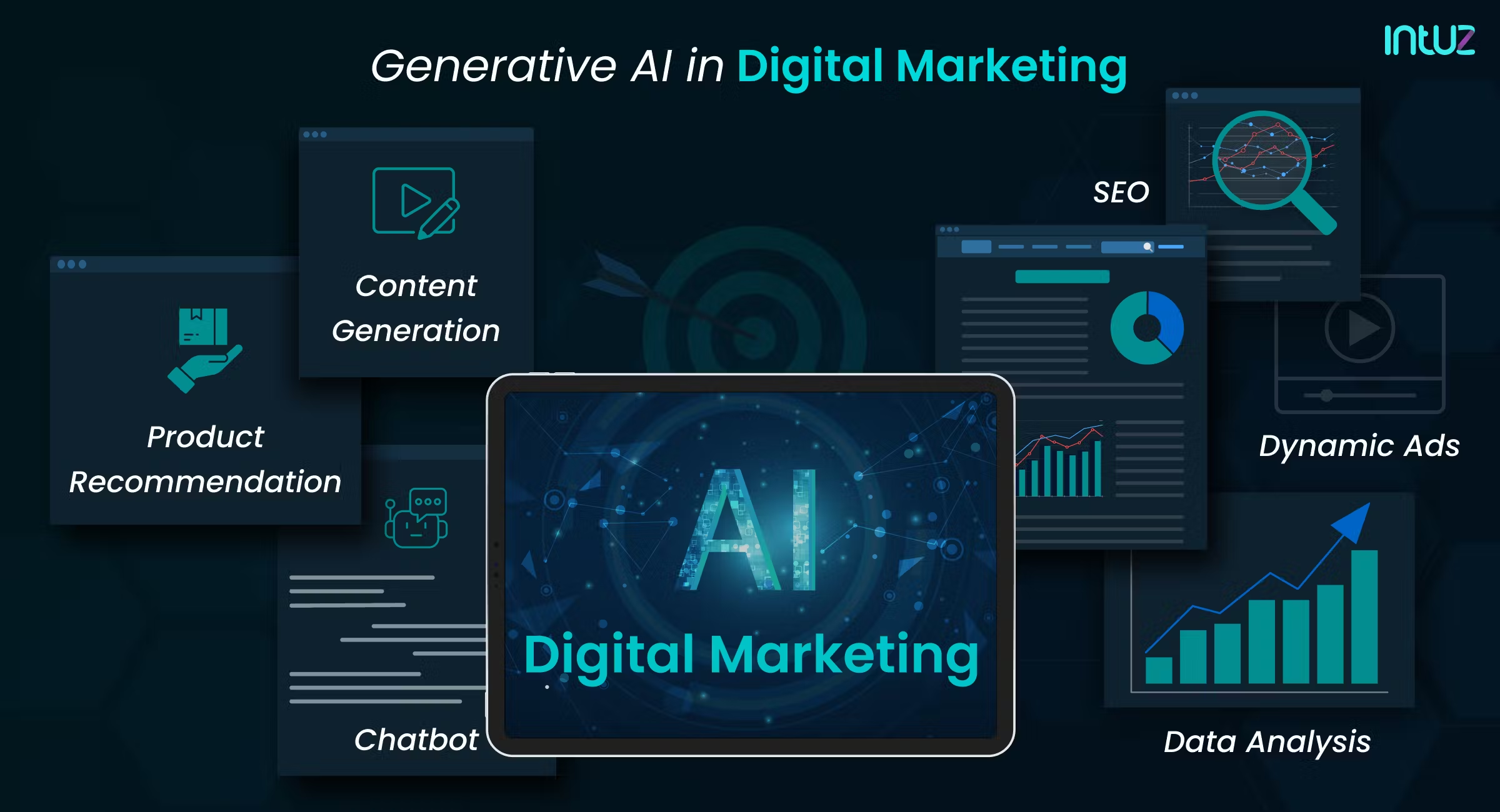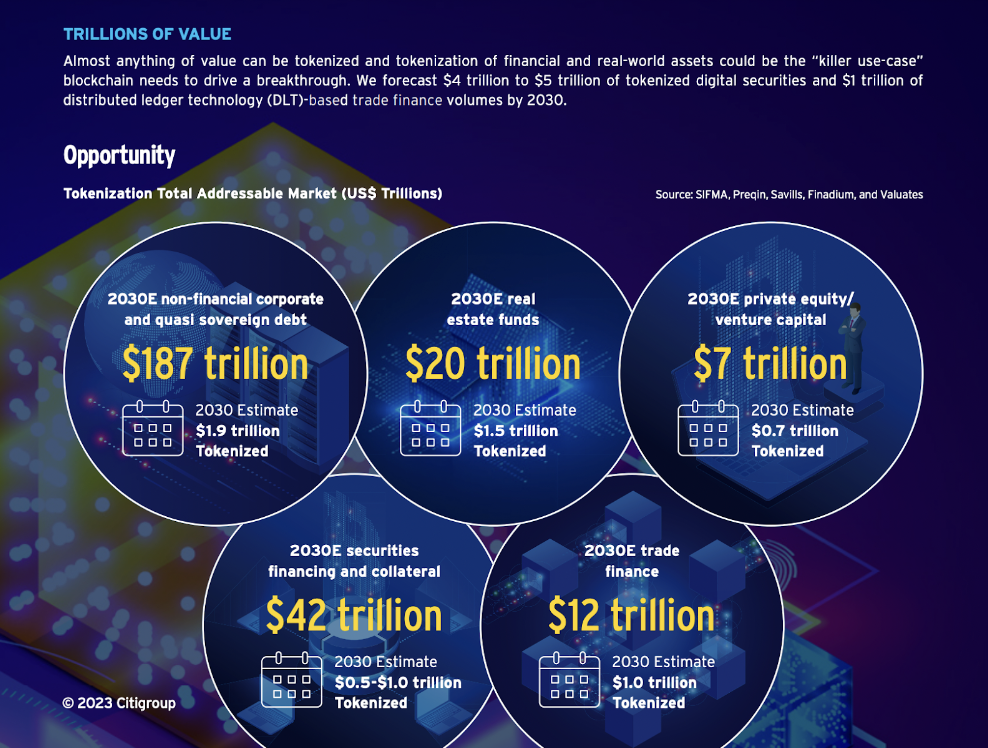
In today’s rapidly evolving advertising landscape, the focus is shifting from simply measuring campaign performance to understanding the deeper motivations behind consumer behavior. Traditional marketing models often fail to account for the nuanced journey a consumer takes—from initial exposure to a brand to eventual conversion and loyalty. Now, with the emergence of AI-powered technologies—particularly computer vision—marketers have a powerful new toolkit to both understand and shape that journey.
The AI Advantage in Modern Marketing
Computer vision AI is ushering in a new era of hyper-personalized, dynamic marketing. For brands exploring advanced strategies such as automated content creation, augmented reality (AR), and AI-driven personalization, getting started can seem complex. Below are practical starting points for integrating these tools effectively.
Automated Content Creation
Start by identifying repetitive or time-consuming content tasks that can be automated. AI writing assistants, image generators, and video tools can streamline production, improve consistency, and increase speed to market. However, all AI-generated content should be reviewed to ensure brand tone, accuracy, and relevance are preserved.
Augmented Reality (AR)
When implementing AR, begin with a specific use case such as virtual product try-ons, 3D product demos, or immersive brand storytelling. Prioritize user experience and interactivity, then pilot your idea through a small-scale deployment to gather data, feedback, and refine the concept before full-scale implementation.
Enhanced Personalization and Targeted Advertising
Use AI to analyze customer behavior, preferences, and purchase history to create precise audience segments. Then deliver personalized messaging that aligns with individual interests. Transparency and ethical data handling are critical—consumers are more likely to engage with brands they trust to protect their privacy.
Transformative Applications of Computer Vision AI
Intelligent Automation for Creative Production
AI-powered automation now enables marketers to generate content that is not only efficient but also engaging at scale. From social media captions to display ads, computer vision algorithms can adapt content based on user context, behavior, or emotional state—elevating both relevance and creative impact.
Immersive Brand Experiences with AR
AR powered by computer vision is revolutionizing digital engagement. Whether through virtual showrooms, interactive filters, or location-based storytelling, AR blends digital and physical realities, creating brand moments that are both memorable and actionable.
Emotion-Aware Personalization
Computer vision takes personalization further by interpreting facial expressions, engagement patterns, and contextual cues to tailor experiences in real time. This deeper behavioral insight enables campaigns that resonate emotionally, enhancing brand affinity and increasing conversion potential.
Navigating the Challenges of AI Adoption
While the opportunities are vast, the integration of AI into marketing is not without its challenges. Chief among them are concerns about data privacy, algorithmic bias, consumer skepticism, and regulatory compliance.
Marketers must also contend with content fatigue in a crowded digital environment, where attention is scarce and trust is hard-won. With regulations varying widely across jurisdictions—and evolving constantly—ensuring legal compliance adds another layer of complexity.
Strategies for Ethical and Effective AI Marketing
To address these challenges:
- Foster trust through transparent and authentic communication.
- Leverage data responsibly to deliver value rather than just capture attention.
- Build compliance into your AI processes, staying up to date with global and regional data protection laws.
- Prioritize ethical design and usage of AI systems to reinforce brand integrity.
By embracing these principles, marketers can transform regulatory and ethical barriers into a competitive advantage, building stronger relationships and long-term loyalty with their audiences.


